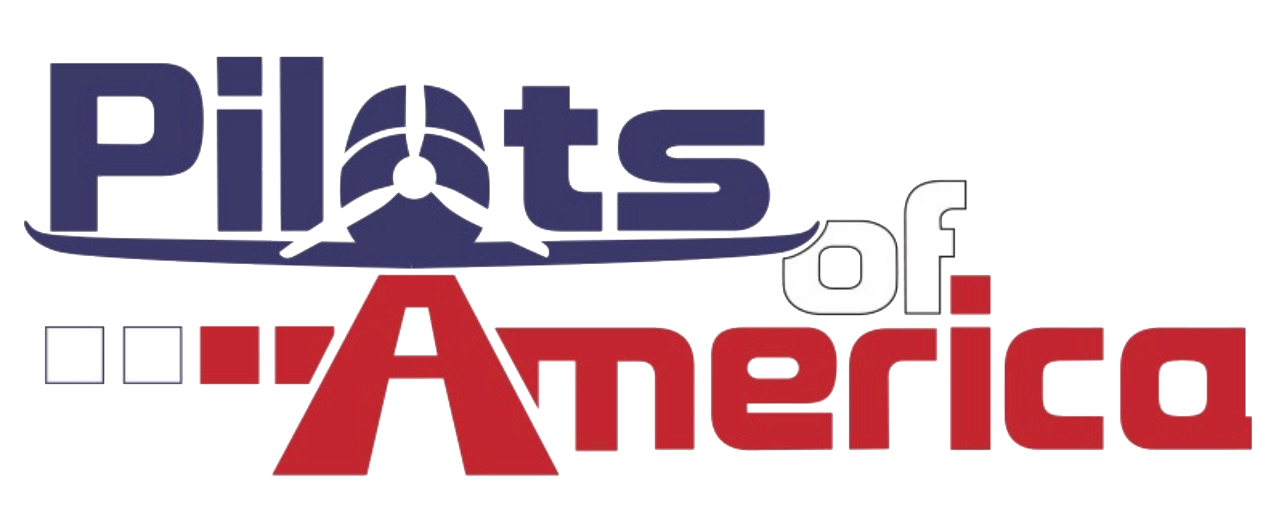Spent some quality time with my io-540 today. Changed oil and cleaned, gapped, and rotated my plugs. Every time I'm near my engine with the plugs out, I take the opportunity to stick a borescope in and look at the exhaust valves. They're definitely still there.
Anyway, I had heard that you can get a look at a couple of the cam lobes in a lyco through the oil fill port. It's kind of a pain to wiggle it down in there, but I thought the view was cool enough to take a video to show you all, at the risk of being stuck into the aviation media forum (fwiw this video is "unlisted")...
Anyway, I had heard that you can get a look at a couple of the cam lobes in a lyco through the oil fill port. It's kind of a pain to wiggle it down in there, but I thought the view was cool enough to take a video to show you all, at the risk of being stuck into the aviation media forum (fwiw this video is "unlisted")...

